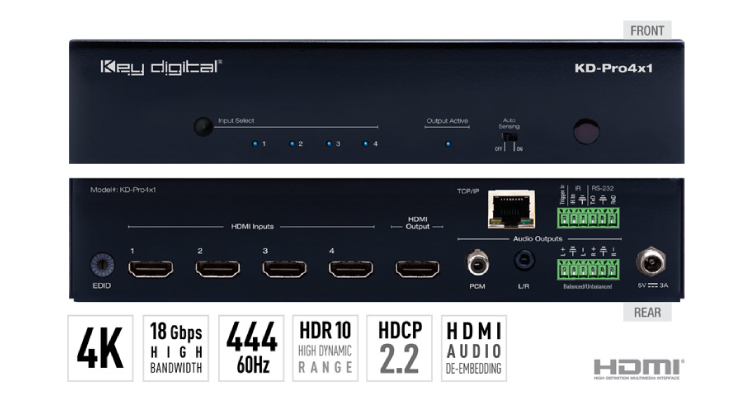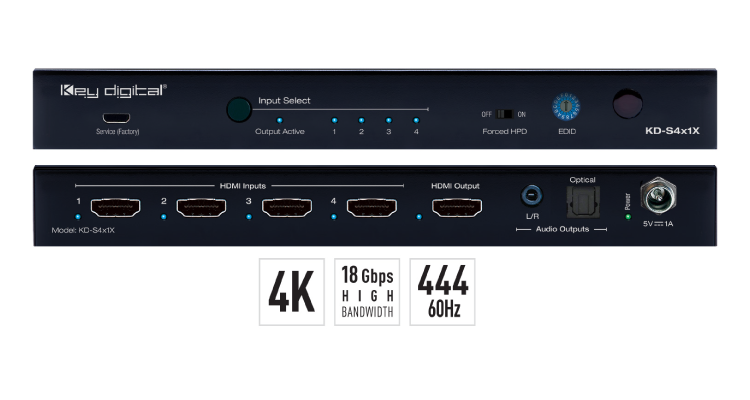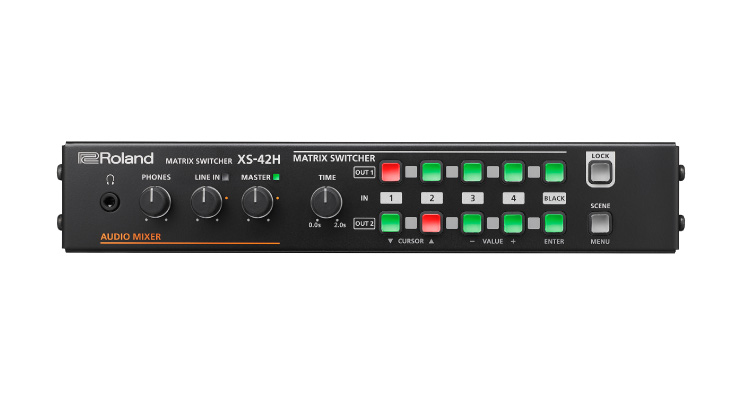Who’s Your “Fall Guy”?
Typically the fall guy is defined as the one who takes the blame when something goes wrong. The term in that sense could be interchangeable with scapegoat. However in this case, that is not the kind of fall guy I am asking about.
 I’m asking about the Colt Seavers type of “Fall Guy”. In the show, Colt Seavers was the stuntman who would take falls for famous actors to make them look good on screen. He worked hard behind the scenes with little or no credit for doing the hard and dirty work. As the intro song goes, “I’m the unknown stuntman that makes Eastwood look so fine.” As a teenager I loved this show, (I won’t deny that Heather Thomas may have been at least one factor in that), and although now it may seem a little outdated and politically incorrect, for me at the time it was right up there with the Dukes of Hazzard, (Lost Sheep callin’ Shepard, Come in Shepard).
I’m asking about the Colt Seavers type of “Fall Guy”. In the show, Colt Seavers was the stuntman who would take falls for famous actors to make them look good on screen. He worked hard behind the scenes with little or no credit for doing the hard and dirty work. As the intro song goes, “I’m the unknown stuntman that makes Eastwood look so fine.” As a teenager I loved this show, (I won’t deny that Heather Thomas may have been at least one factor in that), and although now it may seem a little outdated and politically incorrect, for me at the time it was right up there with the Dukes of Hazzard, (Lost Sheep callin’ Shepard, Come in Shepard).
So my question to integrators who read this is. . .
What is your equivalent of the Fall Guy? What piece of equipment do you use behind the scenes to solve problems that rarely gets the on-screen credit it deserves for making the system “look so fine”?
I’ll start off with one of my own.
At one integrator I worked for we did a lot of PC based content on DVI connections (taking advantage of digital and our content was not HDCP protected so we didn’t have to use HDMI). However, many times we fed a remote monitor via an extender, and a local monitor in the rack that was used with a KVM for housekeeping purposes. For a long time, these smaller monitors were not 1080p, so their resolution differed from that of the monitors actually playing content out in the space at large. This caused EDID conflicts at times, where the local monitor would handshake and then send low res content to the displays that mattered.
Our best friend in this scenario, our Colt Seavers if you will, was a little EDID emulator from Hall Research, that allowed us to store an EDID and always output the resolution we wanted.
Today, many of the HDMI and DVI extenders have these features built in, but at the time many didn’t, and once the issue arose well into a project after some odd power cycling, these pieces were easy to add, low in cost, and most importantly fixed our issues all the time.
So, who is your “Fall Guy”? What piece of gear or little black box is making your installs look like stars while being relegated to obscurity in the credits? I’d love to see some great sharing on this one!





